Cattle farmers from Angus, Perthshire and Shetland have enjoyed TV stardom.
They all featured in a recent episode of BBC Scotland’s Landward series.
Presenter Dougie Vipond and his team were celebrating the role cattle play in Scotland’s countryside.
Dougie is seen at Incheoch Farm, near Alyth, Perthshire, watching bulls go up for sale at an on-site auction.
Cammy Wilson sets sail to the island of Swona in the Pentland Firth to catch a glimpse of some wild cattle.
Arlene Stuart meets a family, based near Forfar, who helped to bring back native Aberdeen-Angus from the brink of extinction.
Meanwhile, Anne MacAlpine is in Shetland, at Britain’s most northerly dairy farm, hearing about one family’s fight to carry on producing milk.
And Rosie Morton is in Fife, meeting the Highland cows which inspired crime fiction novels.
The half-hour programme went out for the first time on October 3, on BBC Scotland.
It is now available to view on iPlayer.
Starting the programme at Incheoch, Dougie says: It’s the perfect place to have this special programme celebrating all that’s great and good about cattle in Scotland.
“We absolutely love cattle. There’s over 1.5 million spread across our countryside.
‘Patrick’ fetches more than £10,000
“These animals are an integral part of our farming story. For centuries, Scotland’s farmers and crofters have worked with them across our hillsides and pastures – from the time of the drovers to the first continental imports.
“And now to the challenges cattle farmers face as our climate changes.”
Dougie gets up to speed with one of Incheoch’s live auctions and watches how fierce bidding for one of the farm’s stellar Simmentals, “Patrick”, rockets to more than £10,000.
“There is no ‘sprucing up’ like you would see before a traditional sale, Dougie says, adding: “There are 14 Simmental, two Aberdeen-Angus and three Luing bulls looking for a home today. But, as impressive as these boys are, it’s not all about the Y chromosomes.”
Incheoch farmer Neil McGowan explains: “Our breeding programme here is based on maternal lines really. A lot of the offspring of these bulls will… be people’s cows in their herd for a long time. We are looking for daughters that will calve easily, will milk well – won’t cause much hassle.”
Dougie says it it’s “more like eBay than any livestock auction I’ve ever been to”.
No cattle farmers on Swona
Calum heads for the tiny, uninhabited island of Swona, about two miles off the coast of South Ronaldsay in Orkney.
“It’s not very big – just a mile long by a mile wide,” the presenter says, adding: “In amongst the ruins and old cultivated land, a small herd of cattle roam.”
One man who knows these wild cattle well is Will Annal, whose family own Swona.
He explains how after 50 years they are very different from their domesticated cousins.
“They’ve been here long enough that all their behaviours have changed, he says, adding: “They are a mix of Aberdeen-Angus and Shorthorn. The island can only support a certain number – low 20s, high teens is a stable number for them. ”
There are no plans to take the cattle off the island, although there was attempts to do so during the late 1970s. Swona is now a designated site of special scientific interest because they are there.
They conquered the world
Aberdeen-Angus conquered the world but native bloodlines were in at one time in danger of dying out.
Arlene met a family who devoted themselves to “bringing the beef back from the brink”.
Geordie Soutar and his daughter, Louise, run Dunlouise Angus, near Forfar.
Scotland once exported Aberdeen-Angus cattle all over the world, but the original bloodlines became diluted.
Geordie and Louise have made it their mission to protect the origins of this “beef icon”.
It’s 100% native Angus for these cattle farmers near Forfar
“We started to try and gather up cattle with no imported bloodlines in them, which was a long, long process,” the dad explains.
Louise adds that all the cattle at Dunlouise are “100% native Angus”.
They are are as you would have seen then in the mid 1800s when the breed was founded,” she says, adding: “They are built like lead – a lot of them are just as wide as they are deep. It’s basically a big fermentation vat converting grass into beef. It’s that great body depth that is pretty unique to the native Angus.
Using the wonders of modern-day genetics, the Soutars are now exporting these bloodlines back around the world,
Anne is in Shetland, meeting a family trying to keep their dairy farming business alive.
About 30 years ago there were 12 dairies in Shetland but now here are just two.
Setter Farm, near Tingwall, is the most northerly dairy farm in Britain.
It has been run by the Irvine family for more than 100 years.
Anne finds out that milking there is like a “military operation”.
The farm’s 47 Friesian cows produce more than 700 litres of milk (about 154gallons) every day.
Ninth-generation dairy farmer Linda says: “There was a lot more dairy farms when I was growing up. A lot of the problem is the cost of milk coming into the isles.”
Rules and regulations ‘pushing out a lot more farmers’, says Linda
Mainland milk can undercut Setter because island life means costs are higher
Linda says: The long and short of it is just the sheer expense of everything.
“And rules and regulations coming in now are pushing out a lot more farmers.”
For the next generation of Irvines, a future in dairy is uncertain.
Linda says: “I encourage my bairns to get a trade so that they have a back-up.”
Rosie goes to an “eerie” location near Cupar, Fife, which is home to gritty Edinburgh crime novel writer James Oswald.
He is the best-selling author behind the Inspector McLean books.
But James is leading a double life, Rosie says, revealing why he’s “not always behind his keyboard”.
The Oswald family once reared commercial cattle but when James took on their farm 13 years ago he wanted a breed more suited to rough grazing.
He now combines his writing life with rearing a pedigree fold of 50 Highland cows, including 10 calves born earlier this year.
James finds inspiration for his writing while looking after his herd.
He says: “If I am stuck with one of my books ad can’t work out a plot point, I can come up here, particularly when the weather is nice.. and let my mind wander.
The farmer by day, writer by night adds: “I’m a bit of a recluse.
“Being here pretty much the middle of nowhere suits me just fine, working with these gentle placid beasts.”
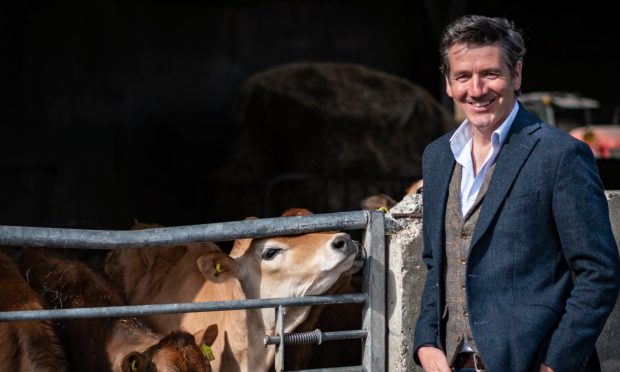
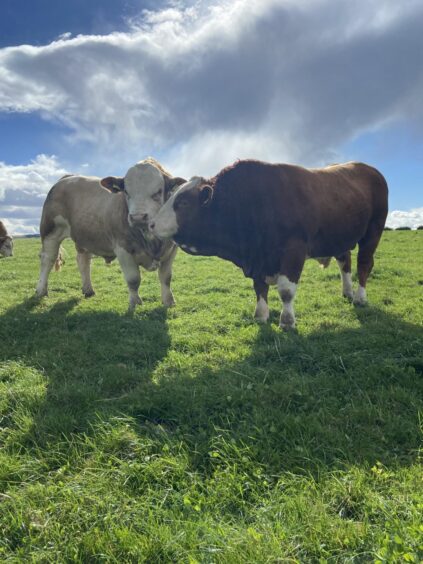
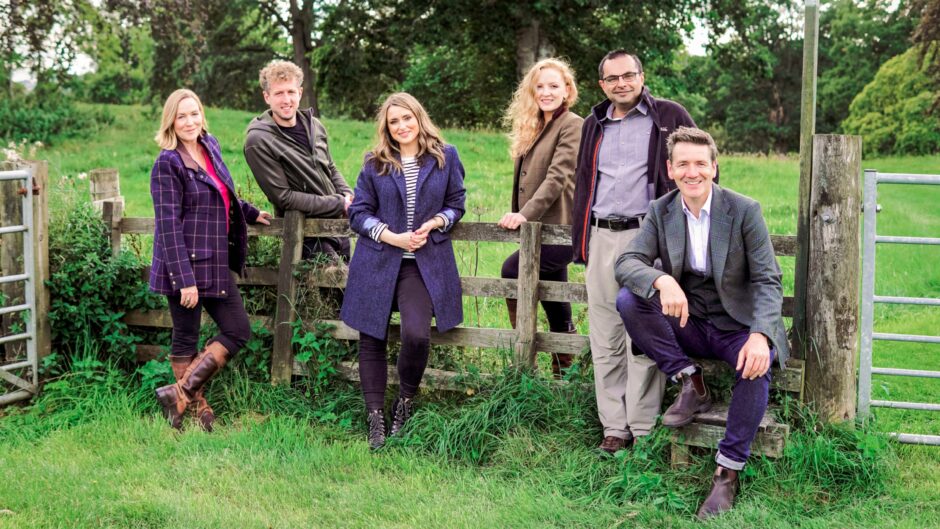
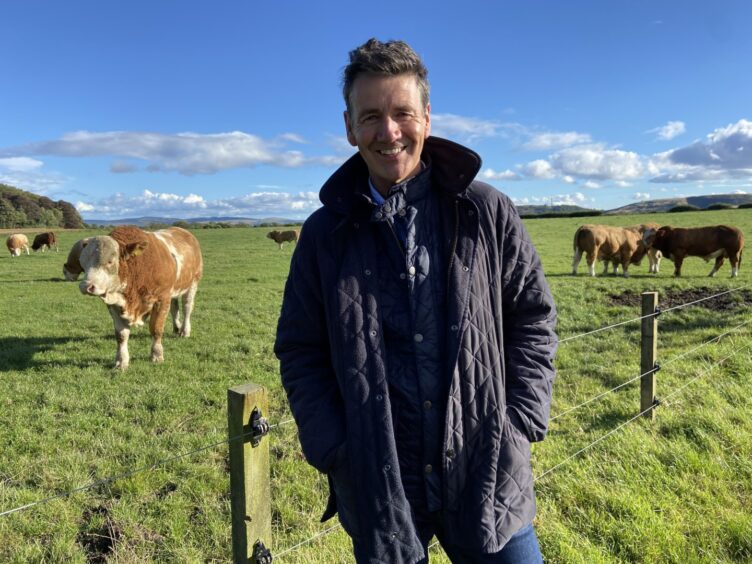

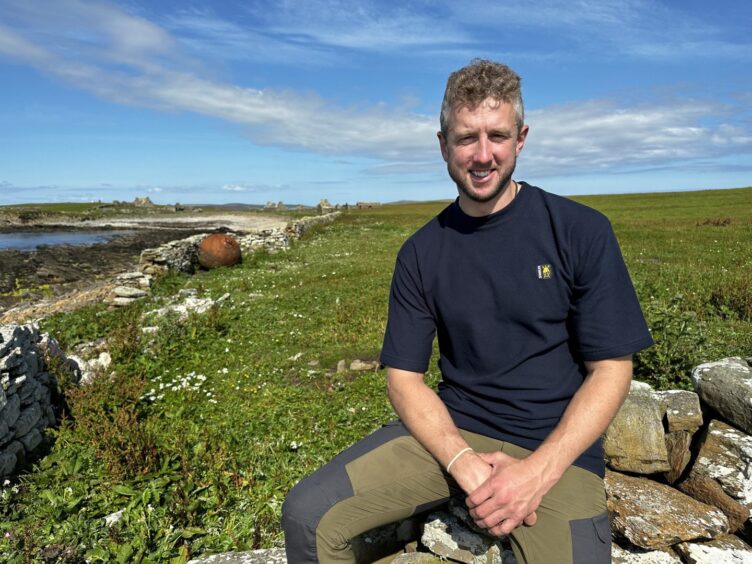
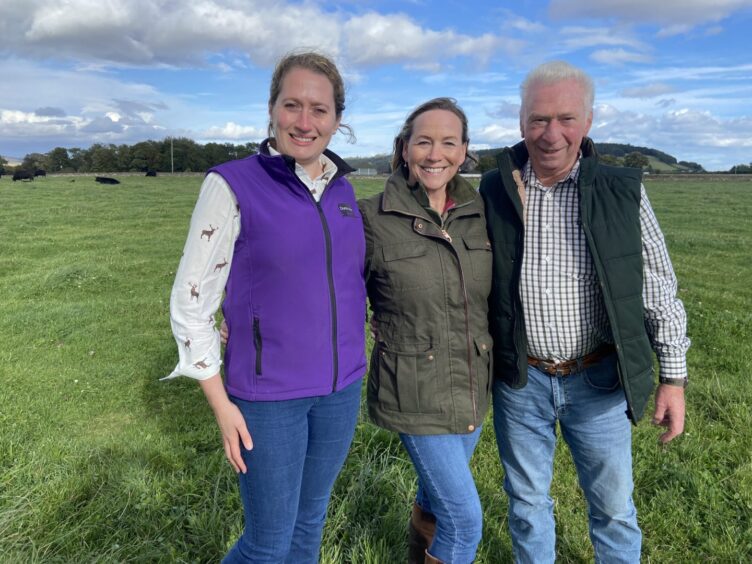
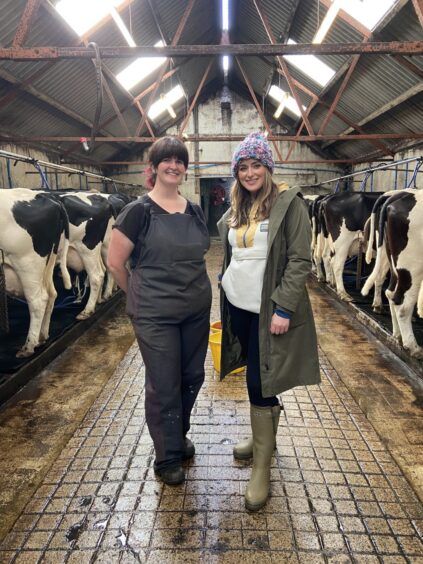
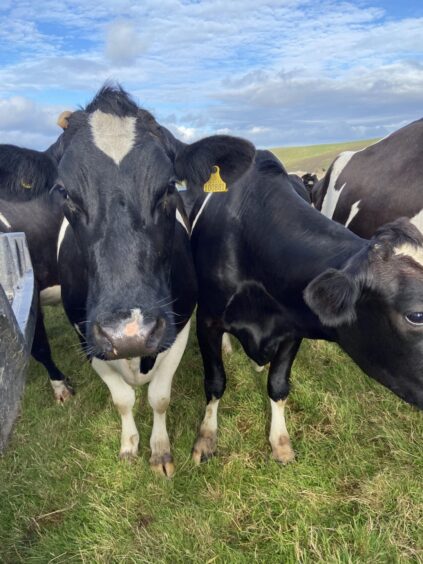
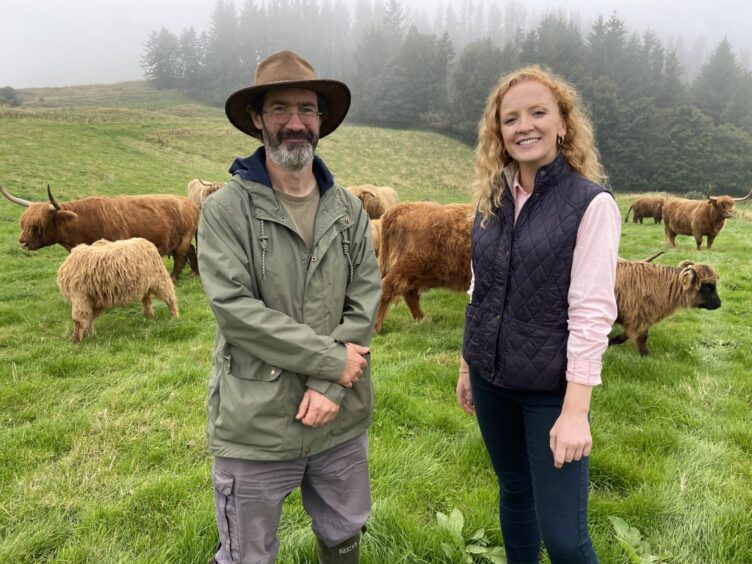
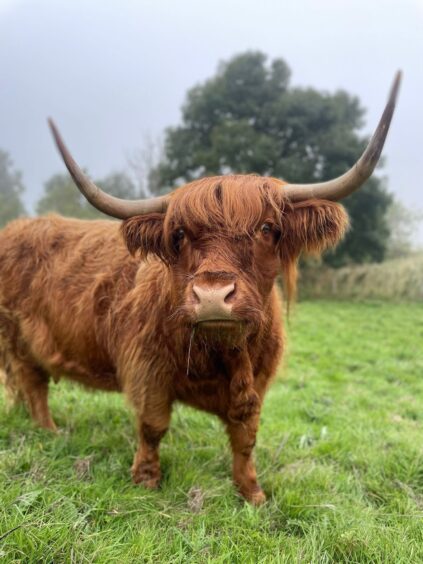










Conversation